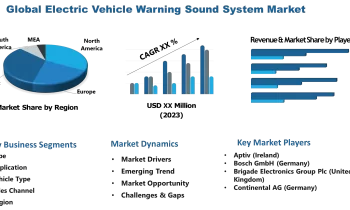
Dominating Monday’s economic news was South Korea who marked a 12th consecutive month of export growth in October as robust global trade helped offset continued weakness in domestic consumption.
October also marked an eighth successive month of double-digit gains in export growth for South Korea, with exports advancing 24% last month from the same time a year earlier. According to preliminary data released by the trade ministry on Monday, the $55.6 billion value of the shipments was a record for the month of October.
Last month’s growth followed the 16.7% increase recorded in September. However, October’s 24% growth was less than the analysts’ forecast for exports growth of 27- 28%.
The South Korean growth was boosted by post-lockdown recoveries in major markets, which propelled the demand for South Korean microchips and petrochemical products. Chip exports increased by 28.8%
the keenly watched report showed the flow of goods around the world remains active and vibrant. Exports to China, the world’s second-largest economy jumped around 25% whilst sales to other key markets and regions also registered double-digit increases.
Trouble Ahead for South Korea?
Whilst it is hard to denigrate the latest export figures from Asia’s fourth-largest economy, there are some concerns creeping in.
Firstly, although 12 months of consecutive growth, the last eight of which in double digits is impressive, the growth in October was less than expected.
Also, the optimism provided by the trade report was partly negated by the release of the IHS Markit report that showed Korea’s manufacturing purchasing managers’ index fell to 50.2 in October from 52.4 a month earlier. Although a reading above 50 indicates an economy in contraction, it is not only sliding towards below 50 which indicates an economy in contraction, October’s reading marks the lowest reading for a full twelve months. Last month’s reading also indicates the sector did little more than stagnate from a month earlier.
Usamah Bhatti, economist at IHS Markit, said of the PMI report:
“October data provided proof that ongoing raw material shortages and supply chain issues began to bite in the South Korean manufacturing sector at the start of the fourth quarter of 2021,”
“Manufacturers noted that ongoing shortages and disruptions impacted the outlook for output over the coming 12 months.”



